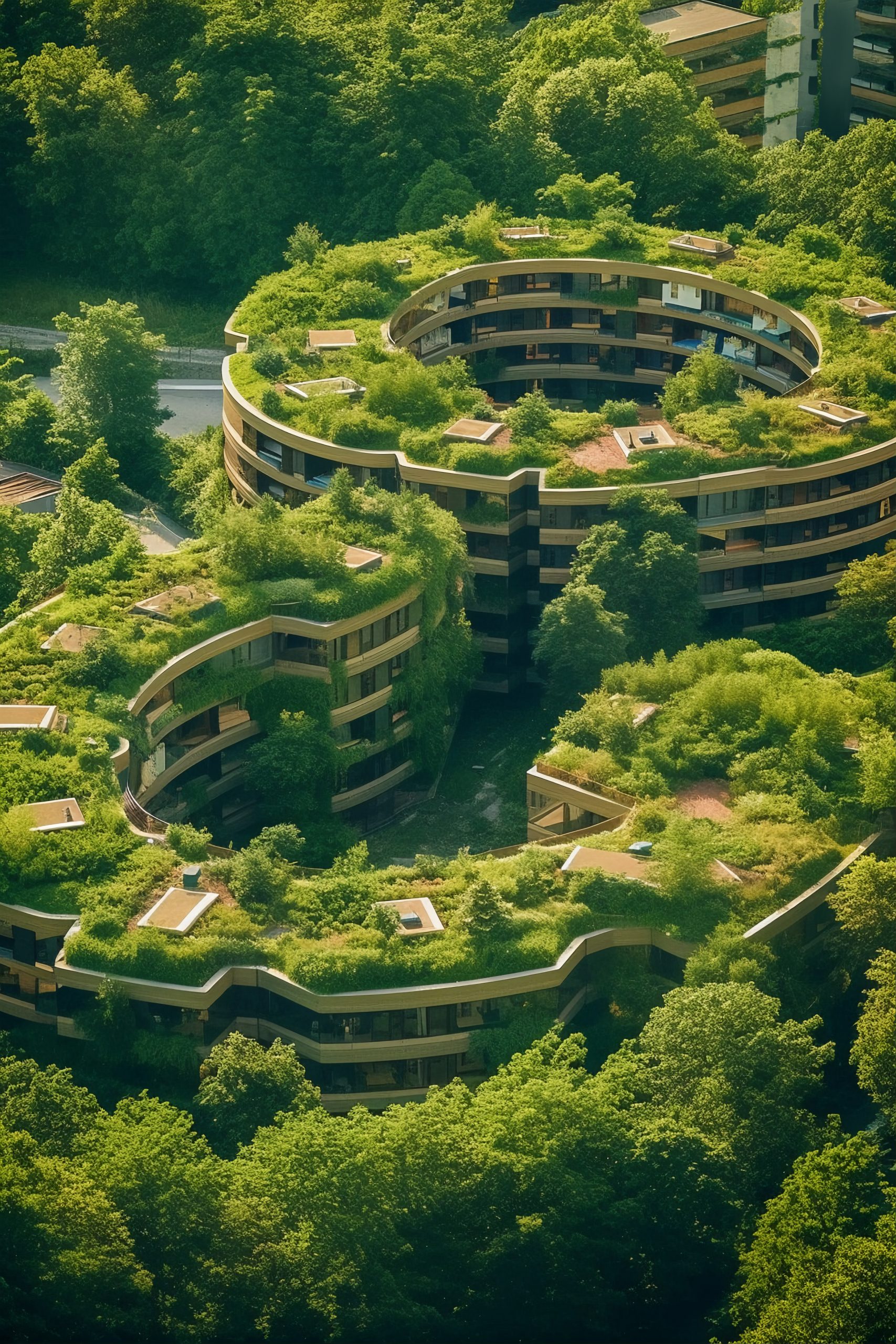Understanding the unique challenges of office spaces Office spaces represent a dynamic environment where functionality and comfort are paramount. When

As the world faces the urgent challenge of mitigating climate change, the building sector plays a pivotal role in reducing carbon emissions. Buildings account for a significant portion of global energy consumption and greenhouse gas emissions, making them a key target for sustainability efforts. One of the most ambitious goals for the built environment is achieving zero-carbon buildings—structures that produce net-zero carbon emissions throughout their lifecycle. This article explores the role of Mechanical, Electrical, and Plumbing (MEP) engineers in the realization of zero-carbon building designs, highlighting how their expertise and innovations are crucial to achieving carbon neutrality in the built environment. Companies like InnoDez, a leader in MEP design, are at the forefront of this transformation.
A zero-carbon building is one that either uses no carbon-based energy or compensates for its emissions by generating renewable energy on-site. The concept of zero-carbon design extends beyond just energy efficiency; it also includes the use of renewable energy systems, sustainable materials, and innovative technologies. Achieving carbon neutrality involves reducing operational carbon emissions, minimizing embodied carbon, and offsetting any remaining emissions through strategies such as carbon credits or renewable energy certificates (RECs).
Key aspects of zero-carbon buildings include:
Mechanical, Electrical, and Plumbing (MEP) engineers are essential to the successful implementation of zero-carbon buildings. They are responsible for designing and integrating the systems that ensure a building operates efficiently, sustainably, and with minimal environmental impact. InnoDez, a leading provider of MEP design services, is at the forefront of this innovation, helping clients achieve their sustainability goals through cutting-edge technologies and design strategies.
Heating, Ventilation, and Air Conditioning (HVAC) systems are one of the largest energy consumers in buildings. MEP engineers are responsible for designing energy-efficient HVAC systems that minimize energy use while ensuring optimal comfort for building occupants. For zero-carbon buildings, MEP engineers must prioritize energy-saving strategies such as:
By focusing on energy-efficient HVAC solutions, MEP engineers can significantly reduce a building’s operational carbon footprint and contribute to achieving net-zero emissions.
A zero-carbon building design requires the integration of renewable energy sources to minimize the carbon emissions from energy consumption. MEP engineers play a key role in selecting and integrating renewable energy systems into the building’s design. Common renewable energy solutions include:
InnoDez’s MEP engineers incorporate these renewable technologies into building designs to help clients achieve their carbon-neutral goals. By designing systems that can harness natural energy sources, MEP engineers are helping buildings operate with a minimal environmental impact.
Plumbing systems also play a critical role in reducing a building’s environmental footprint. MEP engineers are responsible for designing water-efficient systems that minimize water use while maintaining occupant comfort. In zero-carbon buildings, water conservation is key to achieving overall sustainability. Strategies for efficient plumbing design include:
These plumbing strategies are integral to reducing a building’s overall resource consumption, making MEP engineers an essential part of the zero-carbon building design process.
Electrical systems are another area where MEP engineers can have a significant impact on a building’s energy efficiency. The design of lighting and electrical systems must prioritize energy conservation to reduce the building’s overall carbon emissions. Strategies for achieving this include:
By designing energy-efficient electrical systems and lighting, MEP engineers help ensure that the building minimizes its energy use and reliance on non-renewable power sources.
Incorporating smart building technologies is a critical component of achieving zero-carbon design. MEP engineers use building automation systems (BAS) and Internet of Things (IoT) devices to monitor and optimize building performance. These systems can:
By incorporating these smart technologies into zero-carbon designs, MEP engineers help maximize a building’s energy efficiency and reduce its carbon emissions over time.
While MEP engineers play a critical role in zero-carbon building design, the path to carbon neutrality is not without challenges. Some of the key obstacles include:
Despite these challenges, the long-term benefits of zero-carbon buildings, including reduced operating costs, improved energy efficiency, and a smaller carbon footprint, make them an essential investment for the future.
As the demand for sustainability grows, the role of MEP engineers in achieving zero-carbon buildings will only become more critical. The continued development of new technologies, such as advanced building materials, smart grid integration, and energy-efficient systems, will open up new opportunities for reducing carbon emissions in the built environment.
InnoDez, as a leader in MEP design, is actively contributing to the future of zero-carbon building design by embracing innovative solutions and delivering sustainable building systems. Their team of expert engineers is helping to shape a carbon-neutral future through the integration of energy-efficient technologies, renewable energy solutions, and sustainable building practices.
Zero-carbon building design represents the future of sustainable construction, and MEP engineers are central to achieving this ambitious goal. Through the integration of energy-efficient systems, renewable energy technologies, water-saving solutions, and smart building controls, MEP engineers are helping to reduce the environmental impact of buildings while maintaining the comfort and functionality of the built environment.
As the demand for carbon-neutral buildings continues to grow, the expertise of companies like InnoDez will be essential in delivering innovative and sustainable solutions. By embracing the challenges of zero-carbon design and working collaboratively with other stakeholders, MEP engineers are paving the way for a greener, more sustainable future for buildings and communities around the world.
About Author
Xhuljo Jakup